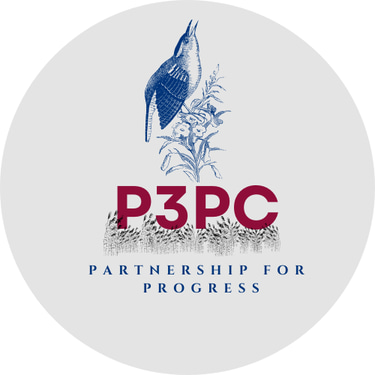Bridging the Divide: How Council-Administration Cities Master Public-Private Partnerships
1 + 1 = 100
James Murphy
8/4/20253 min read


In the dynamic landscape of local governance, many cities operate under a council-administration model, where an elected city council sets policy and vision, and a professional city manager is responsible for the day-to-day administration and execution. This division of labor, while designed for efficiency and accountability, introduces a unique set of considerations when it comes to vital initiatives like Public-Private Partnerships (P3s).
For these cities, the City Manager's office is not just an administrative hub; it's often the central nervous system for identifying, developing, and managing successful P3s. They serve as the critical bridge, translating the strategic goals and community needs articulated by the council into viable, actionable partnerships.
Understanding the Council-Administration Dynamic in P3s
In a city like Myrtle Beach, SC, where the council-administration model is prevalent, the roles are distinct yet interdependent:
The City Council: As the elected body, the council represents the community's interests, identifies overarching strategic goals, approves budgets, and makes high-level policy decisions. Their mandate is to articulate what needs to be achieved for the public good.
The City Manager: As the appointed chief executive, the city manager and their administration are tasked with how these goals will be met. This involves assessing feasibility, allocating resources, managing city departments, and crucially, exploring and executing innovative solutions like P3s.
This structure means that while the council provides the "why" and the "what," the administration provides the "how" and the "who" when it comes to public-private collaboration.
The City Manager's Indispensable Role
The city manager's influence on P3 success is multi-faceted and pivotal:
Translating Council Vision into Actionable Projects: The manager must deeply understand the council's priorities (e.g., downtown revitalization, new recreational facilities, enhanced public services) and identify where a P3 can be the most effective delivery method. They initiate the feasibility studies and internal assessments.
Leading the Pursuit and Negotiation: Once a P3 opportunity is identified, the city manager's team often leads the procurement process. This involves drafting Requests for Proposals (RFPs) or Qualifications (RFQs), evaluating private sector submissions, and heading the complex negotiations that define the partnership's scope, risks, responsibilities, and financial terms. Their expertise in municipal operations and finance is critical here.
Ensuring Financial Prudence and Value for Money: P3s are not just about offloading costs; they're about achieving "value for money." The city manager's office is responsible for rigorous financial analysis, ensuring that the proposed partnership offers long-term benefits that outweigh traditional procurement methods, and that public funds are protected.
Managing Stakeholder Engagement (Internal & External): Beyond the private partner, the city manager must manage relationships with city departments, staff, and the public. They ensure internal alignment, address staff concerns, and communicate the benefits and complexities of the P3 to the wider community, often being the public face of the project's execution.
Oversight and Performance Management: Once a P3 is established, the manager's role shifts to ongoing oversight. They monitor the private partner's performance against contractual obligations, manage any necessary adjustments, and ensure the project continues to serve the public interest throughout its lifecycle. This often involves establishing clear KPIs and reporting mechanisms to the council.
Building Trust and Transparency
In a council-administration model, where the decision-making process can seem complex to outsiders, transparency is paramount. The city manager plays a critical role in providing clear, concise information to both the city council and the public, explaining the rationale, benefits, and risks of P3s. This open communication builds the trust essential for community acceptance and long-term partnership success.
The P3 as a Strategic Tool
For council-administration cities aiming for ambitious community goals with limited resources, the P3 is more than a financing mechanism; it's a strategic tool. The City Manager, armed with their professional expertise and administrative authority, is uniquely positioned to harness this tool, bridging the gap between legislative vision and tangible, impactful projects that truly serve the people.
Is there a topic on your mind related to your local government? Try us at - info@p3pc.com
Connect
Partnering for a better Municipalities everywhere.
#IMPACT
#SmartCommunity
© 2025. All rights reserved.
